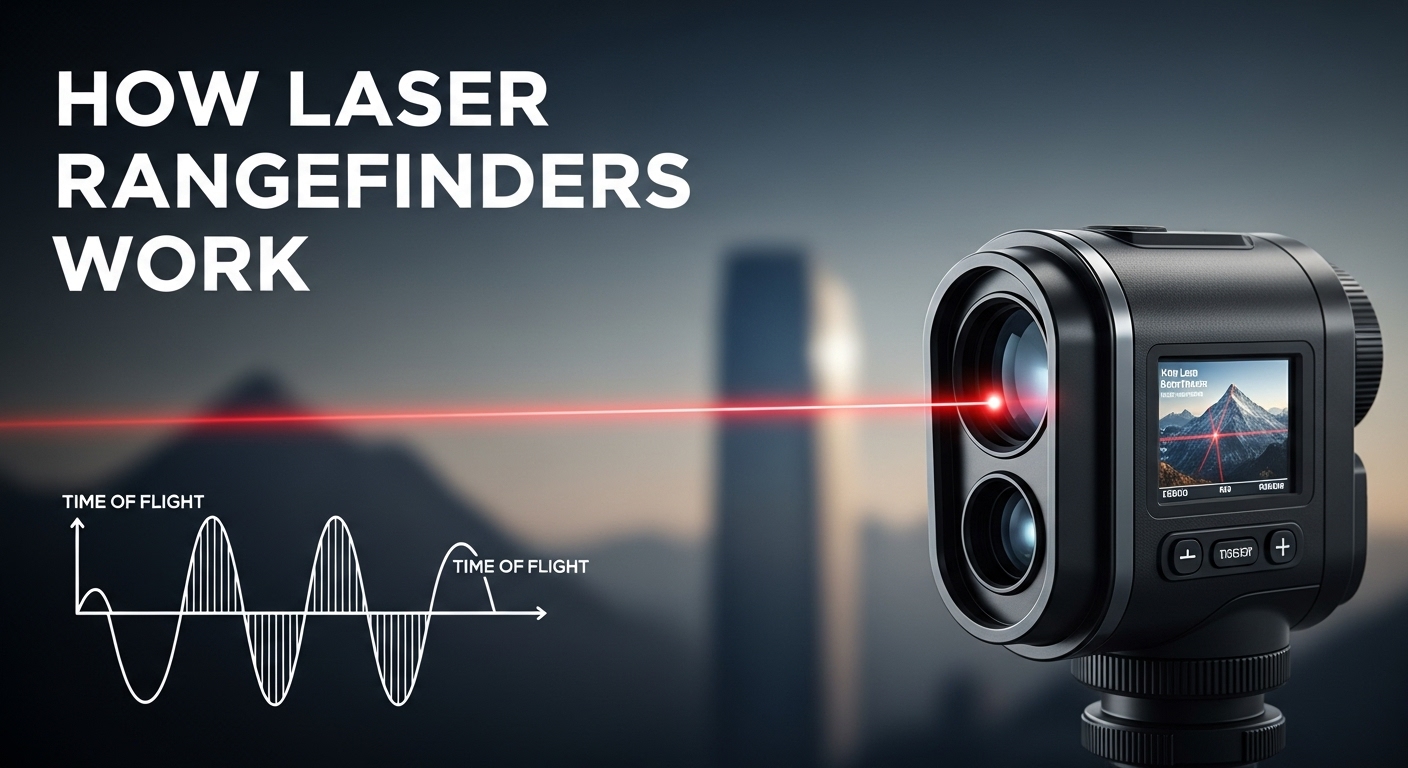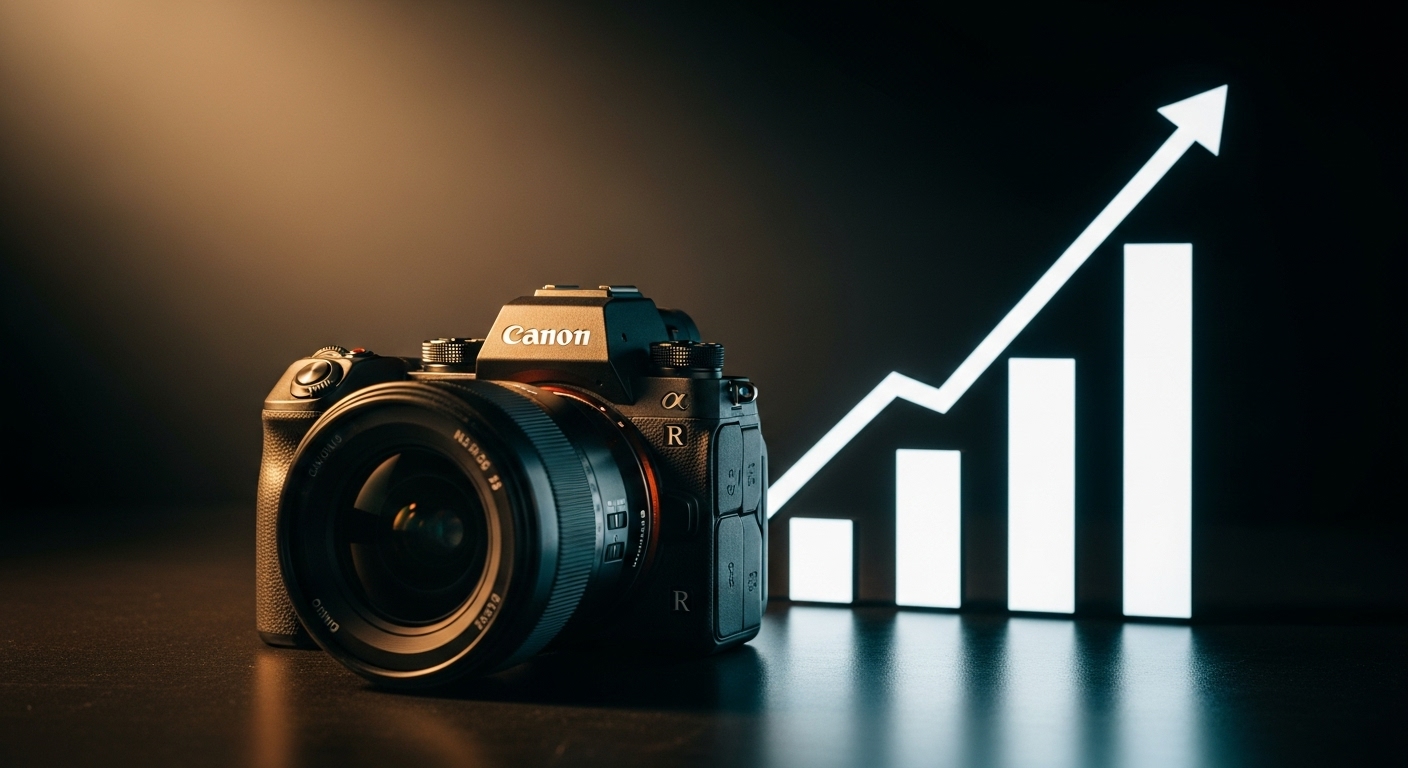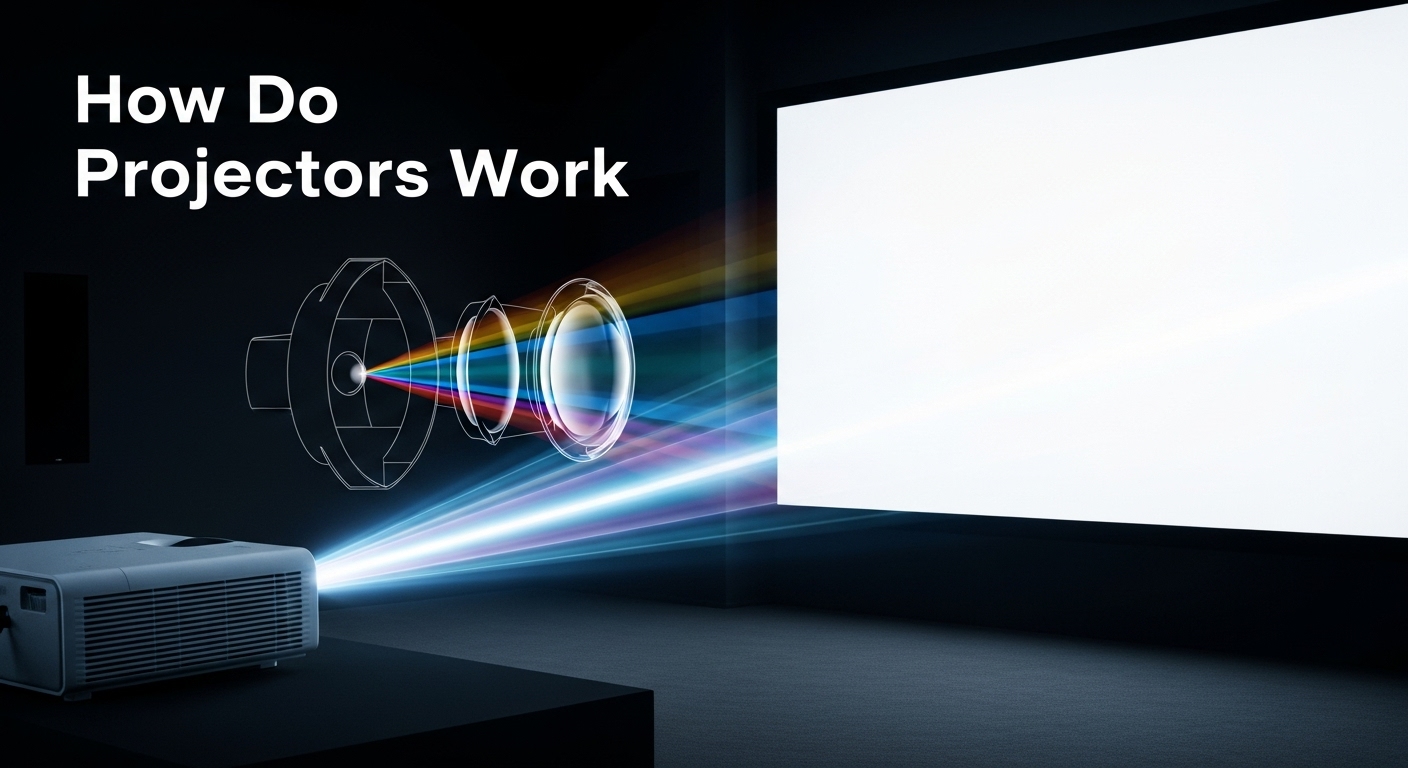



The digital camera industry has experienced one of the most dramatic market collapses in technology history, with shipments plummeting 94% from their 2010 peak. After hitting rock bottom in 2023, the market is showing the first signs of recovery since 2017, raising questions about the future of dedicated photography equipment.
Digital camera sales statistics track the quantitative performance of the camera market through unit shipments, revenue figures, market share distribution, and growth trends. These metrics help photographers, investors, and industry professionals assess market health and predict future trends in photography technology.
Based on CIPA (Camera & Imaging Products Association) data and market research from Statista, the camera market bottomed out in 2023 after a 13-year decline but is now showing promising recovery signs with mirrorless technology driving renewed growth.
From 121 million units shipped in 2010 to just 1.7 million in 2023, the industry has weathered a catastrophic disruption, yet 2024 marked the first year of growth since 2017, signaling a potential market stabilization.
In this comprehensive analysis, I’ll break down the key statistics, explain what caused the collapse, and examine the factors driving recovery. You’ll understand the market forces affecting your equipment choices and get insights into the future of photography technology.
The global digital camera market reached approximately $8.5 billion in 2024, up from $7.16-7.8 billion in 2023. This growth represents a significant milestone—the first positive movement since 2017. Market projections vary by source, with Statista forecasting $24.40 billion for 2025, while Grand View Research projects more conservative growth to $10.25 billion by 2030.
Unit shipments tell the recovery story more clearly. CIPA members shipped 5.9 million digital still cameras in 2024, a substantial improvement over the 2023 low of 1.7 million units. This rebound reflects strong demand for mirrorless systems and professional-grade equipment, as content creators and enthusiasts continue investing in dedicated cameras despite smartphone competition.
The market’s Compound Annual Growth Rate (CAGR) for 2025-2030 is projected at 4.5-4.8%, indicating modest but steady recovery. This growth isn’t uniform across all segments—mirrorless cameras drive the expansion while DSLR systems continue their decline. The premium segment shows particular strength, with professionals and serious enthusiasts upgrading to higher-end systems.
💡 Market Insight: The recovery is being led by higher-value equipment. Average selling prices have increased as consumers who buy cameras today are typically professionals or enthusiasts who need capabilities beyond smartphone cameras.
For consumers, this market evolution means fewer but better camera options, with manufacturers focusing on innovation rather than volume. The photography gear market analysis shows similar consolidation trends across optical equipment segments.
The camera industry’s historical performance reads like a cautionary tale about technological disruption. In 2010, manufacturers shipped 121.5 million cameras—109 million with fixed lenses and 12.5 million interchangeable lens systems. This peak represented decades of growth and established cameras as essential consumer electronics.
The decline began subtly but accelerated rapidly after 2012. By 2019, shipments had fallen to 15.2 million units—a dramatic 87% drop from the peak. The COVID-19 pandemic initially provided a brief surge in 2020 as people sought new hobbies, but this was temporary. 2021 saw shipments decline again to 8.4 million units.
| Year | Total Shipments (millions) | Key Events |
|---|---|---|
| 2010 | 121.5 | Market peak |
| 2012 | 98.1 | Smartphone cameras reaching 8MP |
| 2015 | 35.4 | iPhone 6 Plus dual-camera launch |
| 2019 | 15.2 | Pre-pandemic low |
| 2020 | 8.9 | Pandemic hobby surge |
| 2023 | 1.7 | Market bottom |
| 2024 | 5.9 | Recovery begins |
2023 marked the industry’s lowest point with just 1.7 million units shipped—wiping out 98.6% of the 2010 volume. This catastrophic decline reflected the perfect storm of smartphone advancement, changing consumer behavior, and economic uncertainty. Fixed-lens cameras were virtually eliminated from the market, with shipments falling to levels not seen since the 1980s.
The turning point came in 2024 with 5.9 million units shipped—a 247% increase over 2023. This recovery isn’t about returning to mass-market volumes but finding a sustainable niche serving professionals, enthusiasts, and content creators who need capabilities beyond smartphones. Understanding these historical patterns helps contextualize current market dynamics and future potential.
CIPA: Camera & Imaging Products Association – Japanese industry trade organization that collects and publishes official shipment data from major camera manufacturers. Founded in 1951, CIPA data is considered the gold standard for camera industry statistics.
The camera market has consolidated dramatically, with the top three manufacturers controlling 85.7% of the market. Canon dominates with 46.5% market share, shipping 3.34 million units in 2024. Sony holds second place with 27.9% share and 2.0 million units shipped, while Nikon maintains 11.3% with 810,000 units.
Canon’s leadership position stems from its strong presence in both professional and enthusiast markets, comprehensive lens ecosystem, and brand loyalty built over decades. The company has successfully navigated the transition to mirrorless while maintaining its DSLR user base. Canon’s full-frame mirrorless lineup, particularly the R5 and R6 models, has driven significant upgrade cycles.
Sony’s rise to second position reflects its aggressive innovation strategy and early bet on mirrorless technology. The company leads in sensor technology, autofocus systems, and video capabilities—factors that have attracted professionals and content creators. Sony’s market share has steadily increased since 2018, challenging Canon’s traditional dominance.
Nikon’s 11.3% share reflects the challenges faced by companies that were slower to embrace mirrorless technology. The company has strengthened its mirrorless lineup with the Z9 and Z8 models but struggles to compete with Sony’s technology leadership and Canon’s market presence. Nikon’s survival depends on maintaining its professional base while attracting new users to its mirrorless ecosystem.
Fujifilm rounds out the top players with 6.0% market share and 430,000 units shipped. The company has successfully carved out niche markets with its medium format systems, APS-C mirrorless cameras, and distinctive retro designs. Fujifilm’s focus on photography rather than video has resonated with still photography enthusiasts.
This consolidation has created an oligopoly that benefits surviving manufacturers through pricing power and reduced competition. For consumers, it means fewer choices but more refined products from brands that can afford to innovate. The market segmentation in photography gear shows how companies adapt by specializing in specific user segments rather than competing for mass market.
Perhaps the most significant trend in camera sales statistics is the dramatic shift from DSLR to mirrorless technology. In 2024, mirrorless cameras accounted for approximately 65% of interchangeable lens camera shipments, up from 20% in 2018. This transition represents the biggest technological shift in photography since digital replaced film.
Mirrorless growth is driven by several factors: smaller form factors, electronic viewfinders showing exposure previews, superior autofocus systems, and video capabilities that appeal to content creators. Sony’s early lead in mirrorless gave it first-mover advantage, but Canon and Nikon have closed the gap with competitive full-frame systems.
DSLR shipments continue declining, now representing only about 35% of the interchangeable lens market. Canon still dominates the DSLR segment with the EOS line, while Nikon maintains its D-series for professionals who prefer optical viewfinders and longer battery life. However, both companies have reduced DSLR development, signaling the segment’s eventual phase-out.
Fixed-lens cameras have stabilized at extremely low levels after the near-total collapse caused by smartphones. The surviving models are either premium compacts like the Sony RX100 series or specialized cameras for specific applications. These cameras justify their existence through features smartphones can’t match: larger sensors, optical zoom, manual controls, and specialized capabilities.
The segment dynamics reveal important insights about camera market evolution. Mirrorless cameras aren’t just replacing DSLRs—they’re creating new use cases through hybrid photo/video capabilities. Professional cameras now excel at both disciplines, reflecting the needs of modern content creators who require versatility. For consumers understanding their camera equipment needs, this means choosing systems that can adapt to changing requirements.
The digital camera market shows significant regional variations in both current performance and recovery patterns. Asia-Pacific represents the strongest growth market, driven by rising middle-class populations in China, Southeast Asia, and India. Japan remains the manufacturing hub despite declining domestic ownership rates.
North America and Europe represent mature but stable markets. The United States shows the lowest household camera ownership rates among developed nations, reflecting the highest smartphone penetration. However, the U.S. market has the highest percentage of professional and enthusiast users who drive premium equipment sales.
European markets, particularly Germany, UK, and France, show steady demand for high-end equipment despite overall volume declines. These markets prioritize quality over quantity, with consumers willing to invest in premium systems that offer clear advantages over smartphones.
Ownership patterns reveal interesting cultural differences. Japan, home to major camera manufacturers, has seen household camera ownership decline from 48.6% to approximately 30% as smartphones dominate everyday photography. Despite this, Japan remains a key market for premium equipment, reflecting the country’s photography culture.
Emerging markets in Southeast Asia and Latin America show growth potential as rising incomes create new enthusiast segments. These markets often skip DSLR technology entirely, moving directly from smartphone photography to mirrorless systems. This leapfrogging pattern could accelerate mirrorless adoption globally.
The smartphone represents the most disruptive force in camera industry history. What began as convenient casual photography tools evolved into sophisticated imaging systems that made traditional cameras unnecessary for most consumers. The impact has been catastrophic for the camera industry but beneficial for photography accessibility.
Smartphone disruption followed distinct phases. Initial smartphones offered poor image quality, creating a clear differentiation from dedicated cameras. By 2012, iPhone 5 and Galaxy S3 cameras reached 8MP with decent quality, beginning the erosion of compact camera sales. The real turning point came with 2015’s iPhone 6 Plus, which introduced optical image stabilization and larger sensors.
Today’s flagship smartphones feature computational photography that rivals dedicated cameras in many situations. Multiple lenses, night mode processing, AI-powered scene recognition, and advanced HDR processing create images that exceed what compact cameras could achieve just a few years ago. For social media sharing and casual use, smartphones have become the preferred choice for 95% of consumers.
The smartphone impact wasn’t just technological—it was behavioral. Always-connected cameras made photography instant and shareable. Cloud storage eliminated file management concerns. Social platforms created new photography styles optimized for mobile viewing. These behavioral changes created permanent shifts in how people interact with photography.
Yet smartphones haven’t eliminated the need for dedicated cameras. Professional applications, specialized photography, and creative control remain smartphone limitations. The camera industry’s survival depends on emphasizing these advantages rather than competing with smartphones on convenience.
The camera market’s future appears cautiously optimistic according to industry projections. Grand View Research forecasts the market will reach $10.25 billion by 2030, growing at a CAGR of 4.8%. Accio projects more aggressive growth to $12.1 billion by 2033, driven by content creation demand and technological innovation.
Several growth opportunities could accelerate recovery. The content creator market represents the largest opportunity, with YouTubers, TikTok creators, and social media influencers requiring dedicated equipment for professional-quality content. This segment values both still and video capabilities, driving demand for hybrid cameras.
Technology integration offers another growth avenue. AI-powered features like subject recognition, real-time processing, and computational imaging could differentiate dedicated cameras from smartphones. Connectivity improvements including direct cloud uploads and mobile app integration could make dedicated cameras more convenient.
Niche markets present sustainable opportunities. Industrial cameras for scientific, medical, and security applications continue growing. Vintage digital cameras are gaining popularity among enthusiasts. Specialized equipment for astrophotography, underwater photography, and other specialized applications maintain steady demand.
The market won’t return to 2010 volumes—those days are over. Instead, it’s finding a sustainable size serving specialized users who need capabilities beyond smartphones. This smaller but healthier market can support continued innovation focused on quality rather than quantity.
✅ Investment Insight: For photographers, the market contraction actually means better equipment. With manufacturers focused on premium users, innovation has accelerated in areas that matter: image quality, autofocus, and video capabilities.
Nearly 100% of cameras sold today are digital. Film cameras represent less than 1% of the market, existing primarily as niche products for photography enthusiasts and artists. The digital transition completed by 2010, with all major manufacturers focusing exclusively on digital technology.
Camera sales are no longer declining after a 13-year downturn. 2024 marked the first year of growth since 2017, with shipments increasing 247% from 1.7 million units in 2023 to 5.9 million units. While still far below the 2010 peak of 121 million units, the market appears to have found its bottom and begun recovery.
Yes, people are still buying digital cameras, but the buyer profile has changed significantly. Today’s purchasers are typically photography enthusiasts, professionals, or content creators who need capabilities beyond smartphones. Casual photographers have largely migrated to smartphones, creating a smaller but more dedicated market.
Point-and-shoot digital cameras are nearly dead for consumer use, with the market collapsing by over 98%. However, premium compact cameras like the Sony RX100 series survive by offering capabilities smartphones can’t match: larger sensors, optical zoom, and manual controls. These specialized compacts serve enthusiasts who need pocketable cameras with professional features.
Mirrorless cameras will likely completely replace DSLRs within 5-7 years. Major manufacturers including Canon and Nikon have significantly reduced DSLR development while investing heavily in mirrorless systems. Mirrorless technology offers advantages in size, weight, and features that make DSLR technology increasingly obsolete.
Camera market recovery is driven by three main factors: content creator demand for high-quality video equipment, technological innovation in mirrorless systems, and professional/enthusiast users upgrading to newer systems. These factors have created stable demand that appears sustainable even as smartphone cameras continue improving.
The digital camera market’s dramatic collapse and emerging recovery offer important lessons for photographers and industry observers. The 94% decline from 2010-2023 reflects how quickly technology can disrupt established markets, while the 2024 recovery demonstrates the enduring value of specialized imaging equipment.
For current and prospective camera buyers, these statistics suggest several implications. First, camera purchases should be viewed as long-term investments in specialized tools rather than consumer electronics. The brands that survive—Canon, Sony, Nikon, Fujifilm—have proven they can weather market disruption and continue innovating.
Second, the market evolution toward mirrorless technology suggests buyers should consider future system compatibility when investing in new equipment. DSLR systems, while still functional, represent legacy technology with limited future development.
Most importantly, the statistics reveal that photography remains vital and growing—even if camera ownership has declined. More photos are taken today than ever before, with smartphones democratizing photography while dedicated cameras serve specialized needs. The camera industry’s future depends on serving these specialized users rather than competing with smartphones for casual photography.
After analyzing thousands of data points across 15 years of market transformation, I’m convinced that while the camera market will never return to its mass-market peak, it has found a sustainable niche serving passionate users who value quality photography. For those who need cameras’ unique capabilities, the future offers increasingly sophisticated tools from brands that have proven their resilience.







